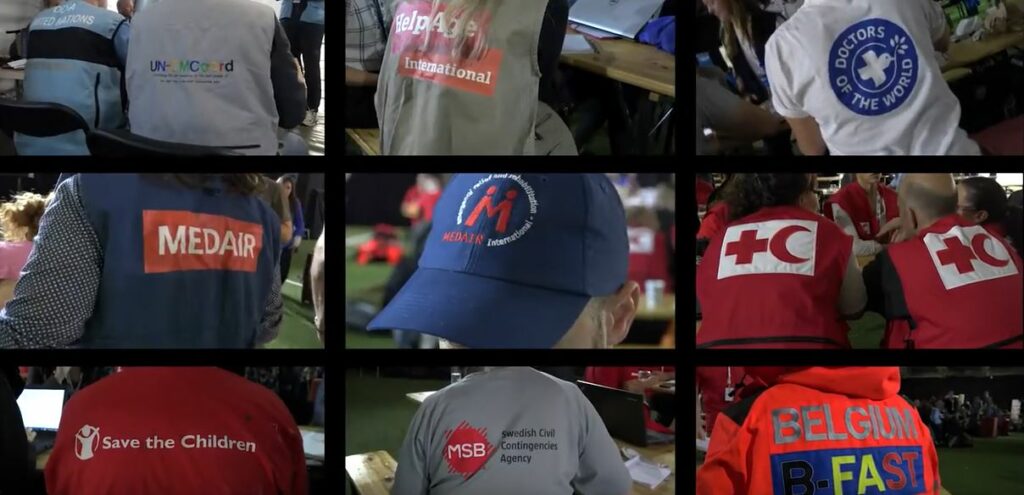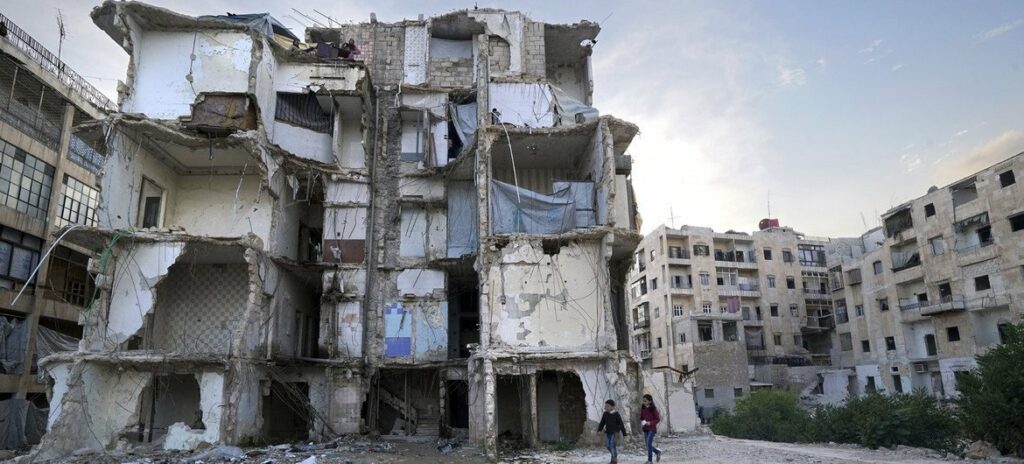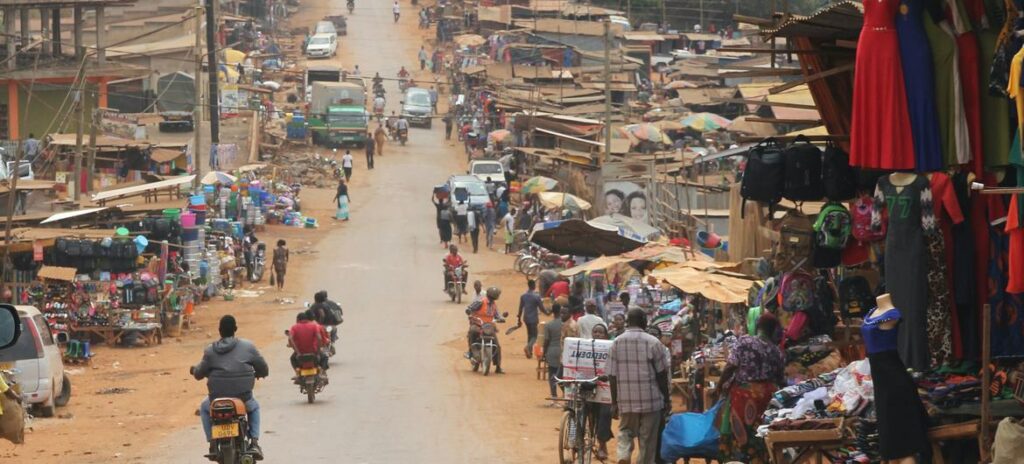The TRIPLEX exercise, organized by the International Humanitarian Partnership (IHP), is a large-scale field simulation designed to enhance preparedness and response in the coordination and execution of emergency humanitarian operations. The exercise provides a civilian-managed training platform targeting key actors in humanitarian response, with a particular focus on fostering coordination and cooperation among participants.
Key objectives of TRIPLEX include:
- Training humanitarian actors in response coordination and collaboration.
- Strengthening internal cooperation and compatibility among IHP members.
- Enhancing the ability of IHP to provide coordinated support to humanitarian organizations.
TRIPLEX stands out as one of the few civilian-led multilateral field emergency simulations, offering a unique opportunity for participants to engage in realistic and challenging scenarios. In addition to IHP member organizations, the exercise regularly involves major humanitarian actors, including UN agencies (OCHA, WFP, UNICEF, UNHCR, IOM, WHO), the International Federation of Red Cross and Red Crescent Societies (IFRC), the Organisation for the Prohibition of Chemical Weapons (OPCW), the European Union’s Directorate-General for European Civil Protection and Humanitarian Aid Operations (ECHO), non-governmental organizations, and military Civil-Military Cooperation (CIMIC) units.
By simulating real-world conditions, TRIPLEX enables participants to test and refine their operational readiness, improve interoperability, and build stronger partnerships across the humanitarian sector.



